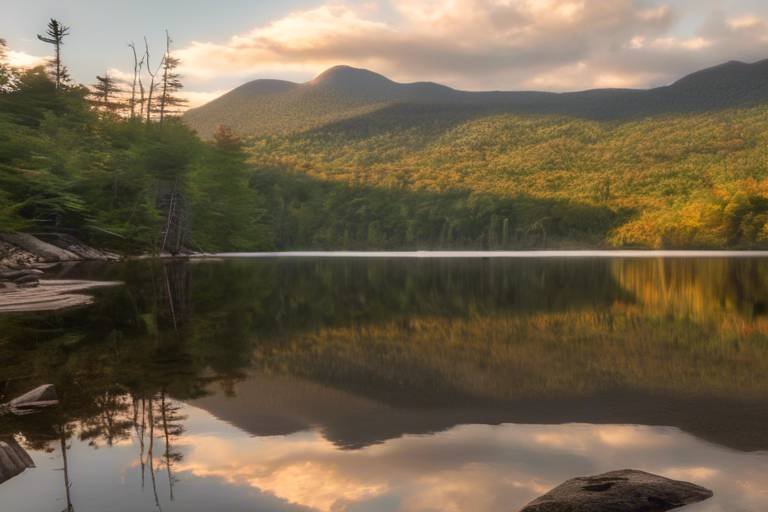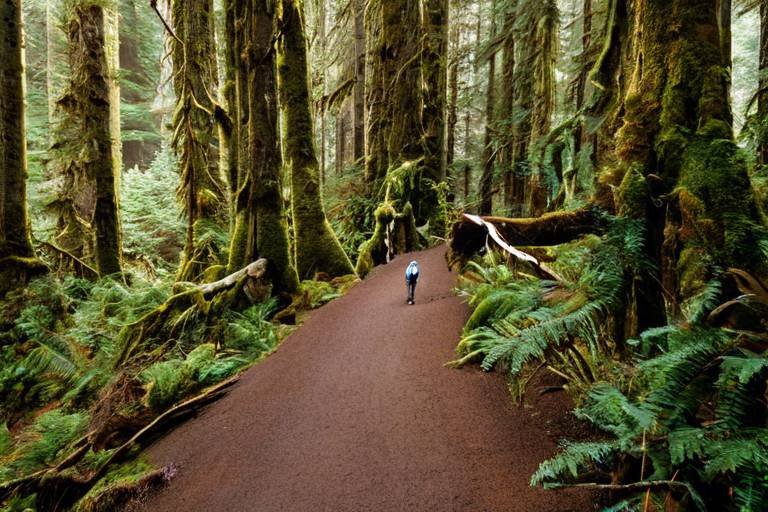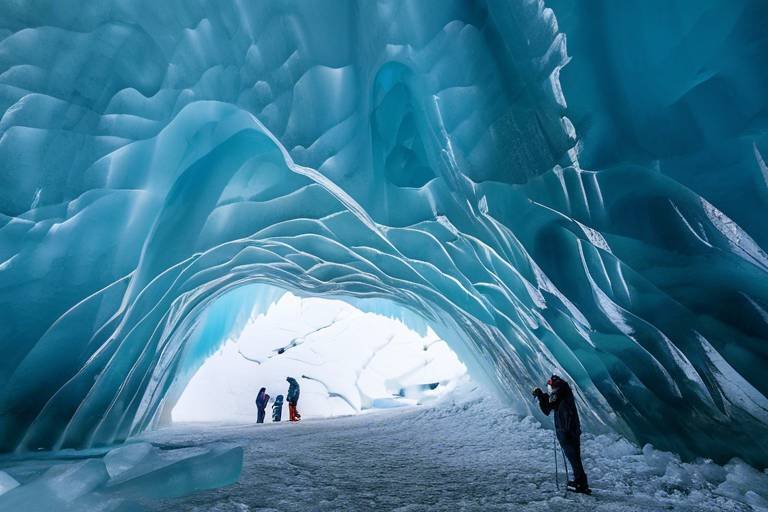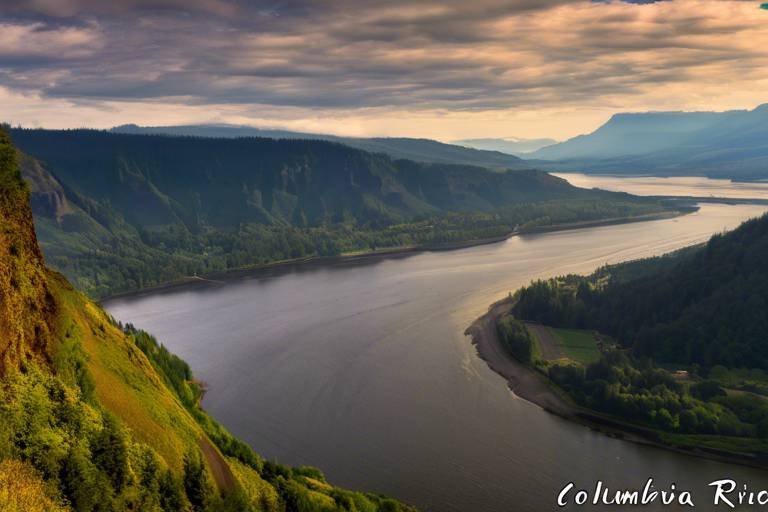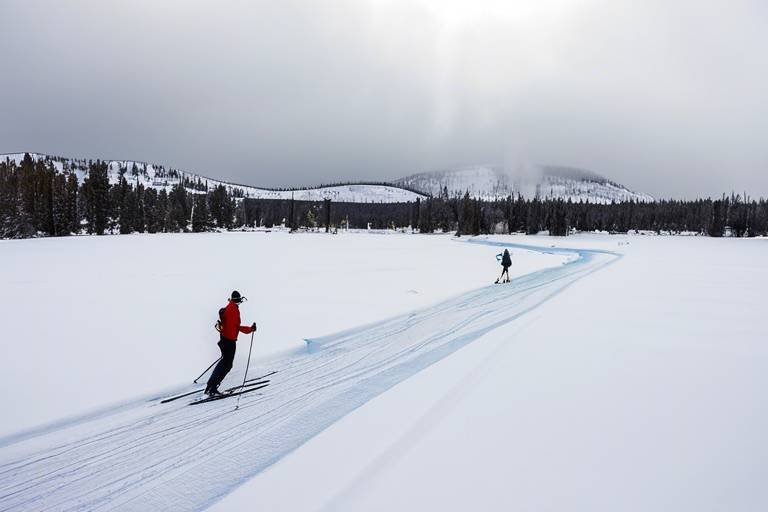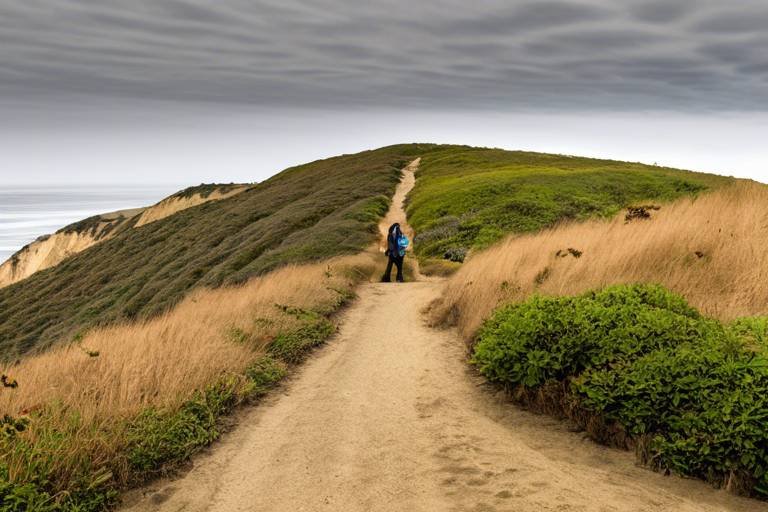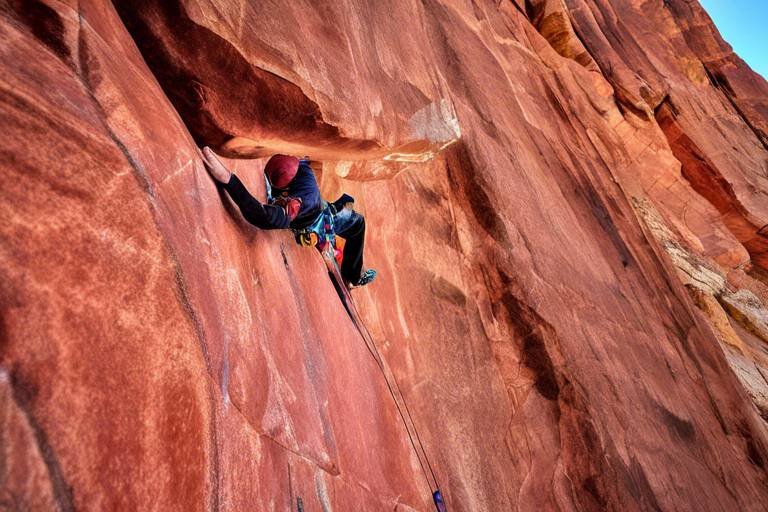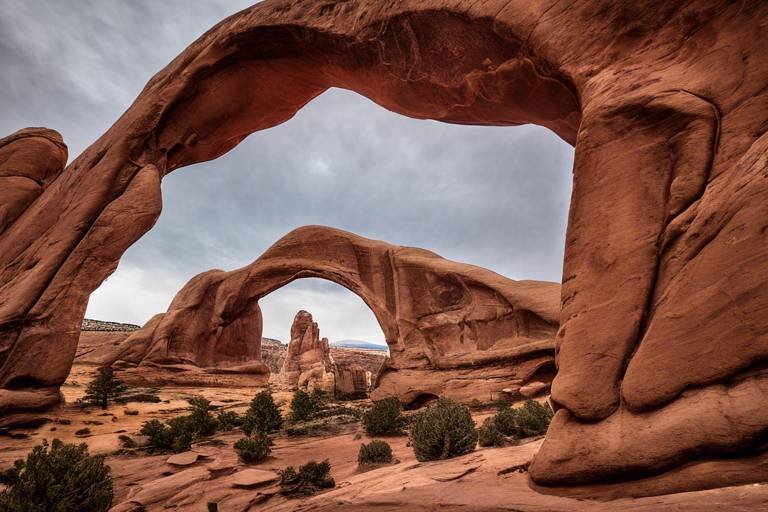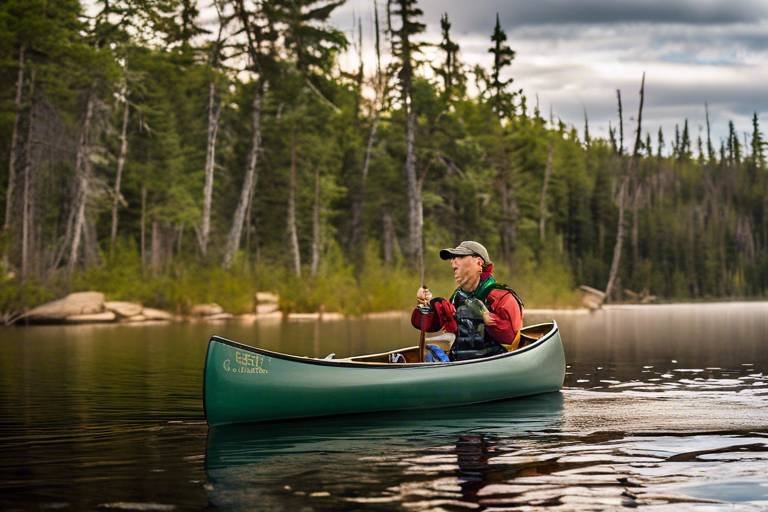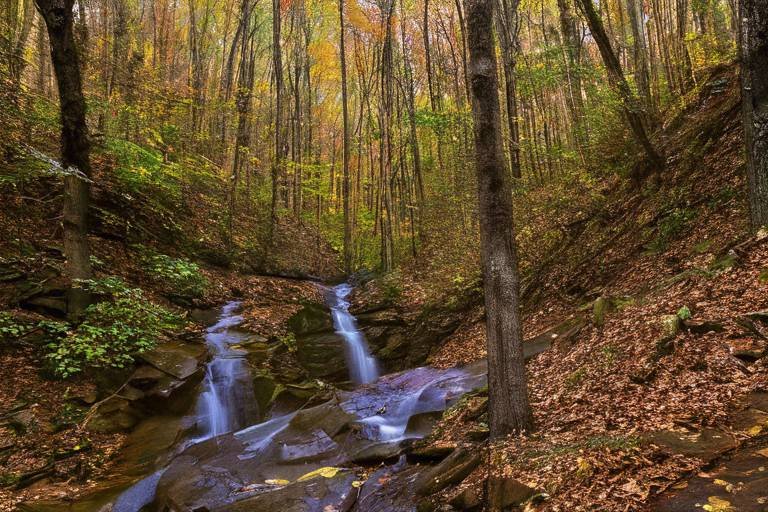The Ultimate Guide to Backpacking in the Adirondacks
Welcome to the ultimate guide to backpacking in the Adirondacks, where adventure awaits amidst the stunning wilderness of upstate New York. The Adirondack Mountains offer a paradise for outdoor enthusiasts, with rugged trails, pristine lakes, and breathtaking views that will leave you in awe. Whether you are a seasoned backpacker or a novice explorer, the Adirondacks have something for everyone, from challenging peaks to serene valleys waiting to be discovered.
When planning your backpacking trip in the Adirondacks, there are several factors to consider to ensure a safe and enjoyable adventure. Obtaining permits, selecting the right route based on your experience level, and preparing the necessary gear are essential steps to take before setting off into the wilderness. Proper planning is key to a successful backpacking experience in this beautiful region.
As you embark on your journey, you will have a variety of trail options to choose from in the Adirondacks. The High Peaks Wilderness beckons with its towering summits and rugged terrain, while the Pharaoh Lake Wilderness offers a more tranquil setting with pristine lakes and dense forests. The Northville-Placid Trail provides a long-distance backpacking adventure, showcasing the diverse landscapes of the Adirondack Park.
Ensuring you have the right gear is crucial for a comfortable and safe backpacking trip in the Adirondacks. From sturdy camping equipment to proper clothing layers, navigation tools, and food supplies, each item plays a vital role in your outdoor experience. Packing smart and light will allow you to fully enjoy the beauty of the Adirondack wilderness without being weighed down by unnecessary items.
Wildlife encounters and safety precautions are important aspects to keep in mind while backpacking in the Adirondacks. Familiarizing yourself with Leave No Trace principles, knowing how to handle emergencies, and respecting the natural environment are essential for preserving the wilderness for future generations. Being prepared and aware of your surroundings will help you have a safe and memorable backpacking experience.
Understanding camping regulations in the Adirondacks is crucial to ensure you are following the guidelines set forth by the park authorities. Knowing where to camp, how to properly dispose of waste, and respecting fire regulations are all part of being a responsible backpacker. By adhering to these regulations, you can help protect the fragile ecosystem of the Adirondack Park.
Each season brings its own unique charm and challenges to backpacking in the Adirondacks. Whether you are planning a summer escape, a fall foliage adventure, a winter wonderland experience, or a spring awakening trip, being prepared for the seasonal conditions is key. Knowing what to expect and how to adjust your gear and plans accordingly will ensure a successful backpacking journey.
Backcountry cooking is an art that can elevate your outdoor dining experience while backpacking in the Adirondacks. From simple one-pot meals to gourmet campfire recipes, there are endless possibilities for creating delicious and nutritious dishes in the wilderness. Mastering the art of backcountry cooking will not only fuel your adventure but also add a touch of culinary delight to your backpacking trip.
Preparing physically for a backpacking trip in the Adirondacks is essential to tackle the challenging terrain and long miles ahead. Incorporating fitness routines, hiking practice, and strength training into your pre-trip preparations will help you build endurance and confidence for the journey. By investing in your physical fitness, you can fully enjoy the outdoor wonders that the Adirondack Mountains have to offer.
Connecting with the backpacking community in the Adirondacks can enhance your outdoor experience and provide valuable resources for your trip. From guidebooks and websites to local organizations and trail maintenance groups, there is a wealth of information and support available to help you plan and execute your backpacking adventure. Building connections within the outdoor community can lead to new friendships, shared experiences, and a deeper appreciation for the natural beauty of the Adirondack region.
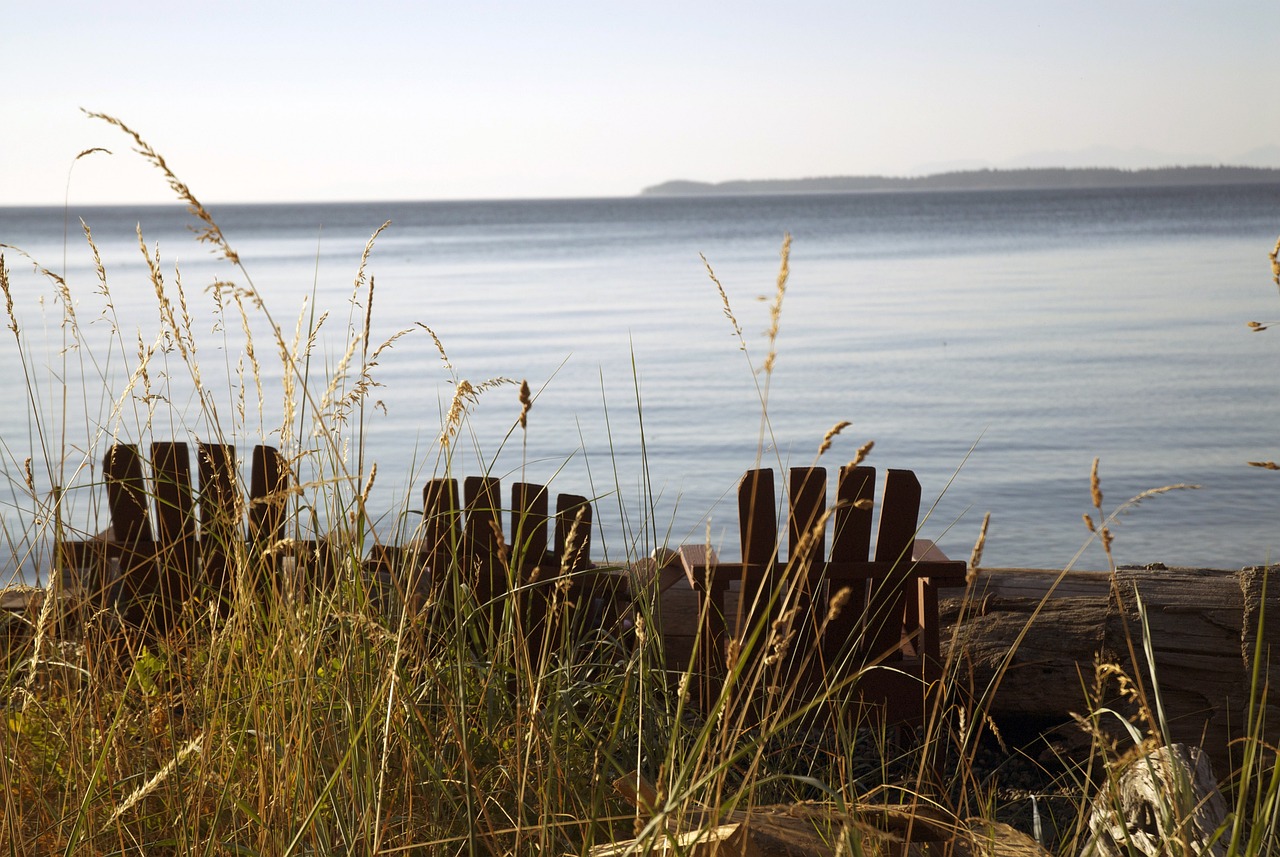
Planning Your Trip
Embarking on a backpacking adventure in the Adirondacks is an exhilarating experience that requires careful planning and preparation. Before setting off on your journey, it's essential to consider several key factors to ensure a safe and enjoyable trip. One of the first steps in planning your trip is obtaining the necessary permits. Depending on your chosen route and camping locations, permits may be required to comply with wilderness regulations and protect the fragile ecosystem of the Adirondacks.
Route selection is another crucial aspect of planning your backpacking trip. The Adirondacks offer a diverse range of trails, each with its own unique challenges and scenic beauty. Whether you're seeking a challenging trek through the High Peaks Wilderness or a serene escape in the Pharaoh Lake Wilderness, researching and selecting the right route based on your experience level and preferences is key to a successful adventure.
When it comes to gear preparation, packing the right equipment can make all the difference in your backpacking experience. From sturdy hiking boots and a reliable backpack to lightweight camping gear and essential navigation tools, ensuring you have the necessary supplies for your journey is paramount. Additionally, packing sufficient food supplies and staying hydrated throughout your trek are essential for maintaining energy and stamina on the trail.
As you plan your backpacking trip in the Adirondacks, consider the weather conditions and seasonal variations that may impact your adventure. Whether you're exploring the lush forests in the summer or braving the snowy trails in the winter, adapting your gear and preparation to the season will help you stay safe and comfortable during your expedition.
By taking the time to plan your trip meticulously, you can set yourself up for a rewarding and unforgettable backpacking experience in the breathtaking wilderness of the Adirondacks.
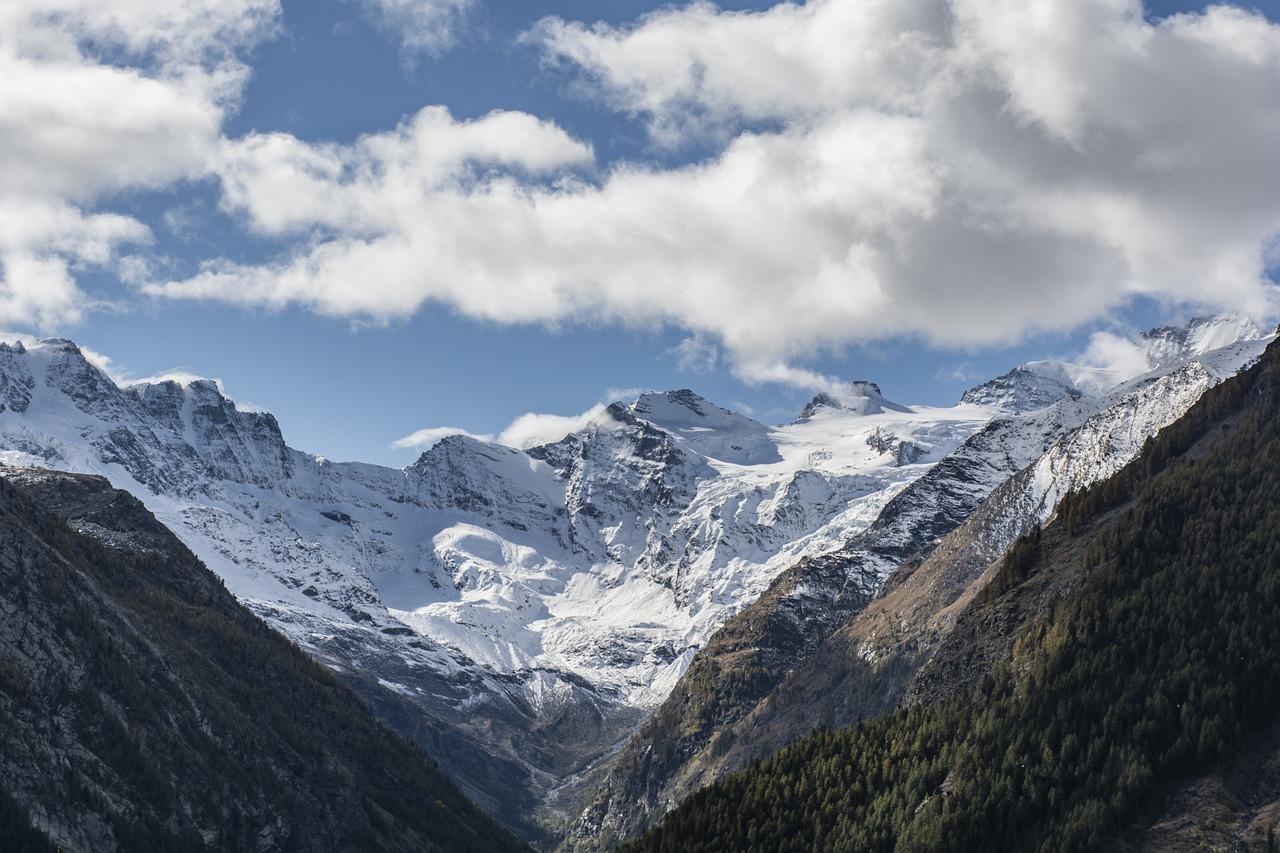
Trail Options
When it comes to backpacking in the Adirondacks, there is no shortage of incredible trail options to explore. Each trail offers its own unique challenges, scenery, and experiences, making it a paradise for outdoor enthusiasts. Whether you are a beginner looking for a scenic day hike or an experienced backpacker seeking a multi-day adventure, the Adirondacks have something for everyone.
One of the most popular trail options in the Adirondacks is the High Peaks Wilderness. Known for its challenging terrain and stunning views, this area is a favorite among hikers and backpackers. With 46 peaks over 4,000 feet to conquer, it provides a true test of endurance and skill. The trails in the High Peaks Wilderness offer a mix of rocky ascents, alpine meadows, and breathtaking vistas that will leave you in awe.
For those looking for a more secluded and serene experience, the Pharaoh Lake Wilderness is a hidden gem in the Adirondacks. This area boasts pristine lakes, dense forests, and a sense of tranquility that is hard to find elsewhere. The trails in the Pharaoh Lake Wilderness are less crowded, allowing you to immerse yourself in nature and truly disconnect from the hustle and bustle of everyday life.
If you are seeking a longer backpacking adventure, the Northville-Placid Trail is a must-visit. Stretching over 130 miles from Northville to Lake Placid, this trail offers a diverse range of landscapes, from lush forests to rolling hills to crystal-clear lakes. Along the way, you will pass through charming towns, historic sites, and picturesque wilderness areas, providing a true taste of the Adirondack experience.
Whether you choose to explore the rugged terrain of the High Peaks Wilderness, the peaceful surroundings of the Pharaoh Lake Wilderness, or the expansive beauty of the Northville-Placid Trail, each trail option in the Adirondacks promises an unforgettable adventure. So lace up your boots, pack your backpack, and get ready to hit the trails in one of the most breathtaking wilderness areas in the country.

Essential Gear
When embarking on a backpacking adventure in the Adirondacks, having the right gear can make all the difference between a smooth journey and a challenging one. Essential gear for your trip includes a sturdy backpack that fits well and distributes weight evenly, a reliable tent that can withstand various weather conditions, a warm sleeping bag suitable for the expected temperatures, and a sleeping pad for comfort and insulation from the cold ground.
Additionally, proper clothing is crucial for staying comfortable and safe in the wilderness. This includes moisture-wicking base layers, insulating mid-layers, a waterproof and breathable outer shell, sturdy hiking boots with good ankle support, and quick-drying socks. Don't forget to pack a hat, gloves, and sunglasses to protect yourself from the elements.
Navigation tools are essential for staying on track during your backpacking trip. A detailed map of the area, a compass, and a GPS device can help you navigate the trails and avoid getting lost. It's also a good idea to carry a headlamp or flashlight for visibility in low-light conditions and emergency situations.
Food supplies are a crucial part of your backpacking gear. Pack lightweight and nutritious meals that are easy to prepare in the backcountry. Consider options like dehydrated meals, energy bars, nuts, and dried fruits. Don't forget to bring a portable stove, fuel, cooking utensils, and a water filter or purification tablets to ensure you have access to clean drinking water.
When it comes to safety gear, a first aid kit is a must-have item in your backpack. Include essentials like bandages, antiseptic wipes, pain relievers, blister treatment, and any personal medications. It's also important to carry a whistle, signaling mirror, and emergency shelter in case of unexpected situations.
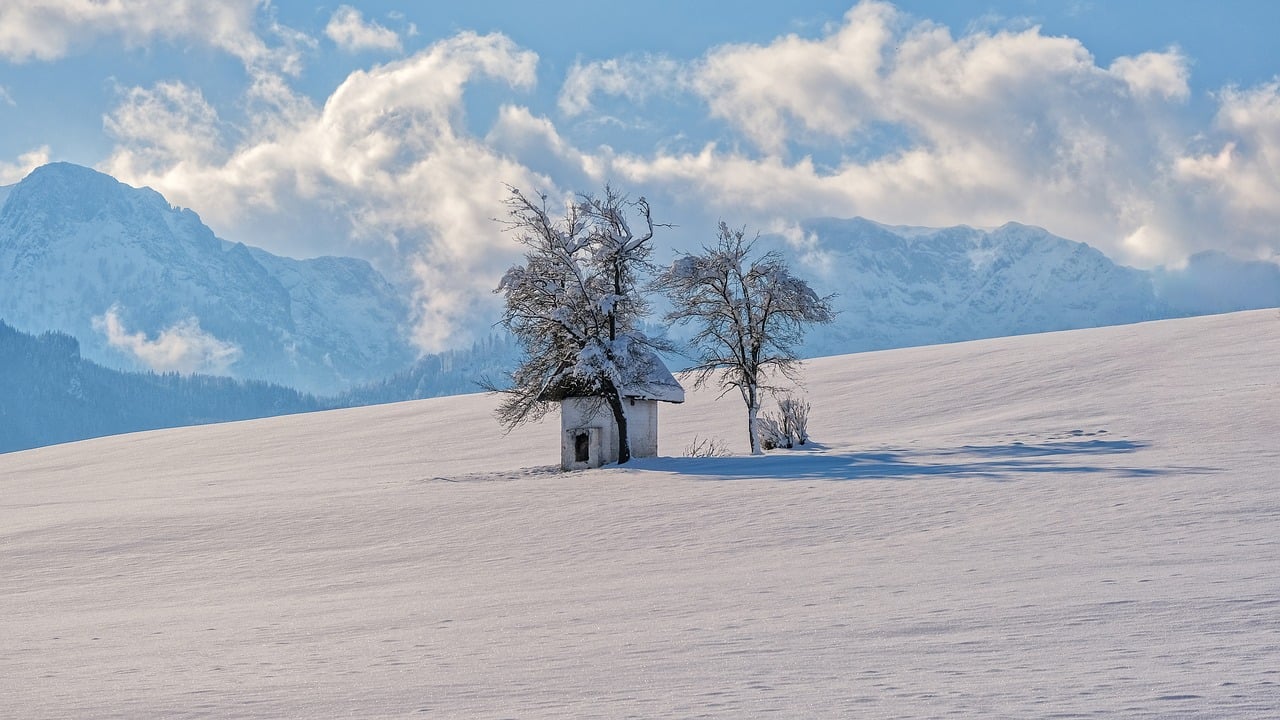
Wildlife and Safety
When venturing into the Adirondacks for a backpacking adventure, encountering wildlife is not just a possibility, but a thrilling part of the experience. From majestic deer to elusive black bears, the Adirondack wilderness is teeming with diverse animal species. However, it's essential to remember that you are a guest in their home, and respecting their habitat is crucial for both your safety and the well-being of the wildlife.
One of the most important safety precautions when backpacking in the Adirondacks is to properly store your food. Bears have an incredible sense of smell and can be attracted to the scent of food from miles away. To prevent unwanted encounters, make sure to use bear-resistant food containers or hang your food in a bear bag away from your campsite. By keeping a clean camp and properly storing your food, you can minimize the risk of attracting wildlife to your site.
Additionally, familiarize yourself with the Leave No Trace principles to ensure minimal impact on the environment and wildlife. These principles advocate for practices such as packing out all trash, staying on designated trails, and respecting wildlife from a safe distance. By following these guidelines, you can help preserve the natural beauty of the Adirondacks for future generations of backpackers to enjoy.
In the event of a wildlife encounter, remain calm and avoid sudden movements. Most animals will not be aggressive unless they feel threatened. Back away slowly and give the animal space to retreat. It's also advisable to carry bear spray or other deterrents for added peace of mind. Remember, your safety and the well-being of the wildlife go hand in hand in the wilderness.
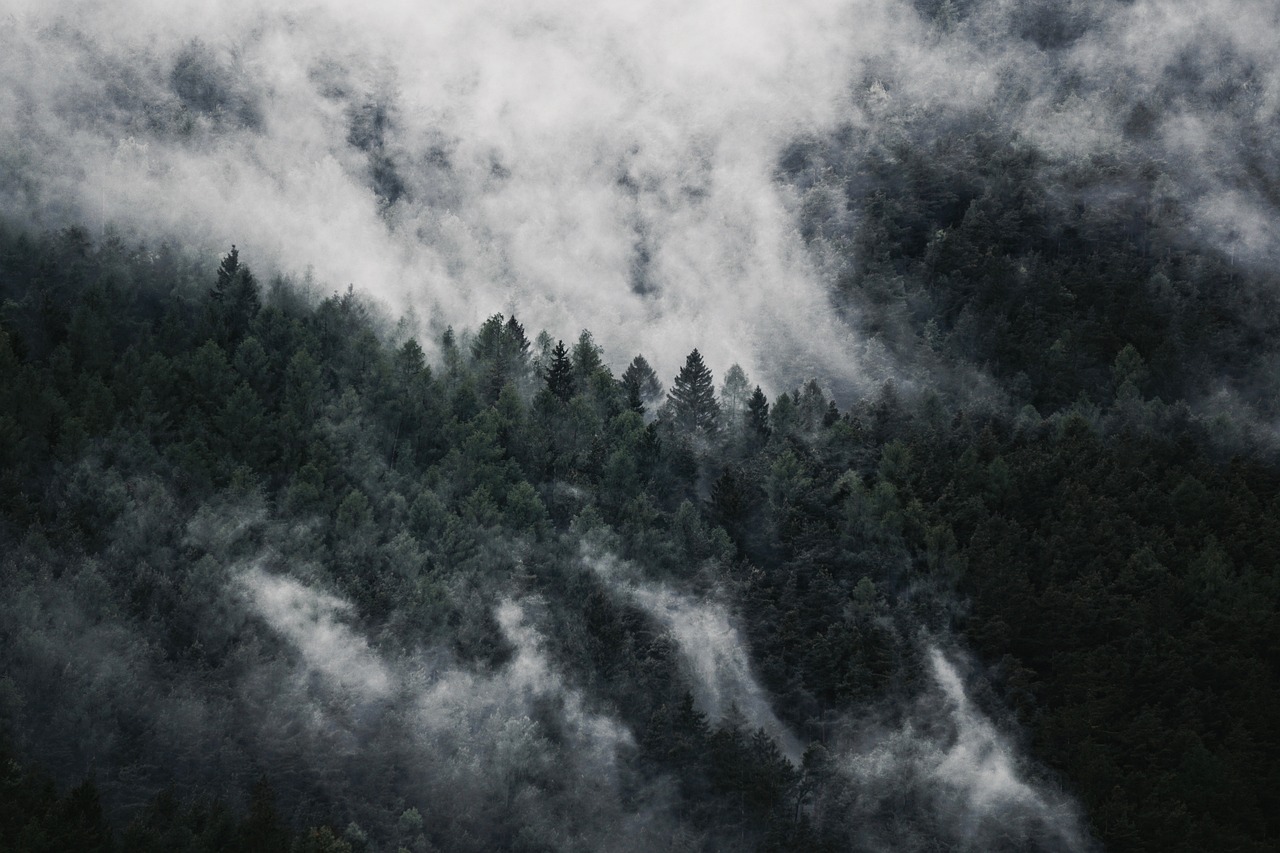
Camping Regulations
When embarking on a backpacking adventure in the Adirondacks, it is crucial to be aware of the camping regulations set in place to preserve the natural beauty of this wilderness. Understanding and following these regulations not only ensure a safe and enjoyable experience but also contribute to the conservation efforts of this pristine environment.
One of the fundamental camping regulations in the Adirondacks is the requirement to camp only at designated campsites. These sites are strategically located to minimize the impact on the surrounding ecosystem and ensure that campers are dispersed appropriately. By adhering to this rule, backpackers can help protect the fragile vegetation and wildlife habitats that make the Adirondacks so unique.
Furthermore, it is essential to follow fire regulations diligently. Open fires are typically prohibited in certain areas or during specific times of the year to prevent the risk of wildfires. Campers are encouraged to use portable camp stoves for cooking and to always check for any fire bans or restrictions before setting up camp.
Proper waste disposal is another critical aspect of camping regulations in the Adirondacks. Backpackers must pack out all trash and litter, including food scraps and biodegradable items. The "Leave No Trace" principle is paramount in this wilderness, emphasizing the importance of leaving the environment as pristine as when you arrived.
Respecting the environment and wildlife is a core principle of camping regulations in the Adirondacks. Campers should minimize noise pollution, avoid feeding wildlife, and observe animals from a safe distance to prevent disturbances. By practicing responsible behavior in the backcountry, visitors can coexist harmoniously with the natural inhabitants of this region.
Before embarking on a backpacking trip in the Adirondacks, it is advisable to familiarize yourself with the specific camping regulations of the area you plan to visit. By respecting these guidelines and regulations, you not only ensure your safety and the preservation of the wilderness but also contribute to the sustainability of this magnificent outdoor playground.
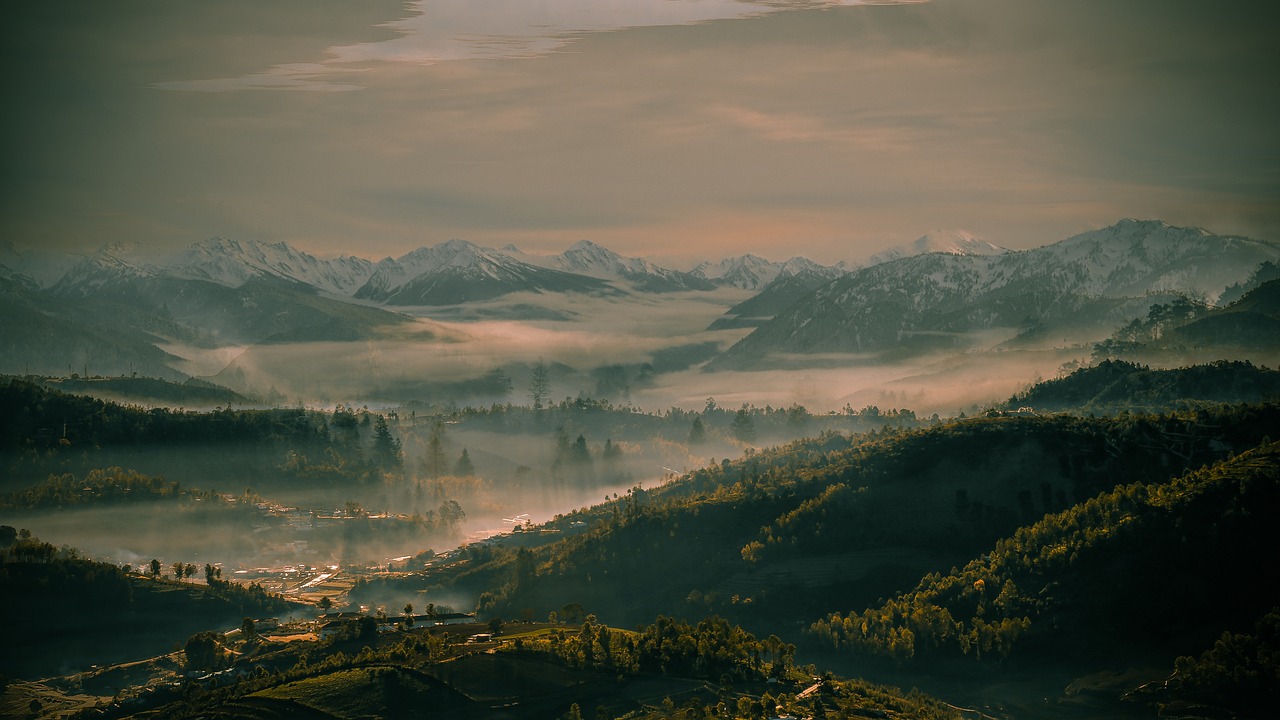
Seasonal Considerations
When it comes to backpacking in the Adirondacks, considering seasonal variations is crucial for a successful and enjoyable trip. Each season offers unique experiences and challenges, making it essential to prepare accordingly. Whether you're planning a summer adventure or a winter expedition, understanding the seasonal considerations can significantly impact your backpacking experience.
During the summer months, the Adirondacks come alive with lush greenery, vibrant wildflowers, and warm temperatures. However, the summer season also brings increased humidity, bugs, and afternoon thunderstorms. To combat these challenges, it's important to pack lightweight, breathable clothing, insect repellent, and a reliable rain jacket. Additionally, staying hydrated and taking breaks in shaded areas can help you beat the heat while exploring the picturesque trails.
As autumn sets in, the Adirondacks transform into a colorful tapestry of reds, oranges, and yellows, attracting hikers and backpackers seeking the beauty of fall foliage. The crisp air and cooler temperatures create ideal hiking conditions, but it's essential to pack layers to stay warm during chilly mornings and evenings. Fall also marks the hunting season, so wearing bright colors for visibility is crucial for safety in the backcountry.
Winter in the Adirondacks offers a serene and snow-covered landscape, perfect for those seeking a winter wonderland adventure. However, the cold temperatures and snow accumulation require specialized gear such as insulated clothing, snowshoes, and crampons for traction on icy trails. Proper knowledge of winter camping techniques, including building snow shelters and staying warm in sub-zero temperatures, is essential for a safe and enjoyable winter backpacking trip.
Spring brings the promise of renewal and the gradual thawing of winter's grip on the Adirondack Mountains. Melting snow and rain can result in muddy trails and high water levels in streams, making waterproof footwear and gaiters essential for navigating the terrain. The unpredictable weather patterns of spring necessitate flexibility in trip planning and preparedness for sudden changes in conditions.
Regardless of the season you choose for your backpacking adventure in the Adirondacks, being mindful of the unique characteristics and challenges each season presents will help you make the most of your outdoor experience. From embracing the warmth of summer to braving the cold of winter, each season offers its own rewards for those willing to explore the diverse wilderness of the Adirondack Park.

Backcountry Cooking
When it comes to backcountry cooking, the Adirondacks offer a unique opportunity to explore your culinary skills in the great outdoors. Imagine yourself surrounded by towering trees, with the aroma of a delicious meal wafting through the air as you prepare a hearty dish after a day of hiking. It's a moment of pure satisfaction that combines the beauty of nature with the joy of good food.
One essential aspect of backcountry cooking is the need for lightweight and compact cooking equipment. In the Adirondacks, where every ounce matters during a backpacking trip, opting for portable stoves, lightweight cookware, and efficient utensils can make a significant difference in your pack weight. Additionally, choosing dehydrated or freeze-dried meals can help save space and weight while providing a quick and easy meal option on the trail.
When planning your backcountry meals, consider the nutritional value of the food you pack. Backpacking requires a lot of energy, so it's important to fuel your body with nutritious meals that are easy to prepare. Incorporating a mix of carbohydrates, proteins, and fats into your meals can help sustain your energy levels throughout your trek. Think of meals that are not only lightweight but also rich in nutrients to keep you going strong.
For those who enjoy a hot meal at the end of a long day of hiking, simple one-pot recipes can be a lifesaver. These meals require minimal preparation and cleanup, allowing you to enjoy a warm and satisfying dinner without the hassle of complex cooking processes. From hearty soups and stews to pasta dishes and stir-fries, one-pot meals are a convenient and delicious option for backcountry cooking in the Adirondacks.
Exploring different cooking techniques can also add variety to your backcountry meals. Whether you're grilling over a campfire, using a portable stove, or trying out a backpacking-friendly recipe, experimenting with diverse cooking methods can elevate your outdoor dining experience. Embrace the challenge of cooking in a rustic setting and savor the flavors of your homemade meals under the open sky.
Remember, backcountry cooking is not just about sustenance—it's about creating memorable dining experiences amidst the beauty of nature. So, pack your spices, unleash your creativity, and embark on a culinary adventure in the Adirondacks that will leave you with a full stomach and a heart filled with the joy of outdoor cooking.

Fitness and Training
When it comes to embarking on a backpacking adventure in the Adirondacks, being physically prepared is key to enjoying the experience to the fullest. Fitness and training play a crucial role in ensuring that you can handle the demands of hiking through rugged terrain, carrying a heavy pack, and spending multiple days in the wilderness.
Before hitting the trails, it's essential to assess your current fitness level and tailor your training regimen accordingly. Incorporating a mix of cardiovascular exercise, strength training, and flexibility work can help build the endurance and muscle strength needed for long days of hiking. Focus on exercises that target the legs, core, and back to prepare your body for the challenges of backpacking.
Additionally, gradually increasing the intensity and duration of your workouts can help simulate the physical demands of backpacking. Consider adding incline hikes, stair climbing, and long walks with a loaded backpack to your routine to mimic the conditions you'll encounter on the trail.
Remember, consistency is key when it comes to training for a backpacking trip. Aim to establish a regular workout schedule and stick to it to build your endurance over time. Setting achievable goals and tracking your progress can also help keep you motivated and on track towards reaching your fitness goals before your adventure in the Adirondacks.
While physical fitness is important, mental preparation is equally crucial for a successful backpacking trip. Practice mindfulness techniques, visualization, and positive self-talk to stay focused and motivated during challenging moments on the trail. Developing a resilient mindset can help you push through fatigue, discomfort, and unexpected obstacles that may arise during your journey.
Lastly, don't forget to listen to your body throughout your training process. Rest and recovery are just as important as exercise when it comes to building strength and preventing injury. Be sure to incorporate rest days into your training schedule and prioritize proper nutrition and hydration to support your body's recovery and overall well-being.

Community and Resources
When embarking on a backpacking adventure in the Adirondacks, connecting with the local backpacking community can greatly enhance your experience. Whether you are seeking advice, looking for companions to join you on the trails, or simply want to share your experiences, being part of a supportive community can make a difference. There are various resources available to help you navigate the wilderness of the Adirondacks and make the most of your trip.
One way to connect with fellow backpackers is through online forums and social media groups dedicated to Adirondack hiking and camping. These platforms allow you to ask questions, seek recommendations, and share insights with like-minded individuals who are passionate about exploring the great outdoors. Additionally, joining local hiking clubs or attending outdoor events in the Adirondacks can provide opportunities to meet experienced backpackers and learn from their expertise.
Guidebooks and websites focused on backpacking in the Adirondacks can also be valuable resources for trip planning. These resources often offer detailed trail descriptions, maps, gear recommendations, and safety tips to help you prepare for your adventure. By leveraging the knowledge shared in guidebooks and on websites, you can make informed decisions about route selection, gear purchases, and safety precautions.
Furthermore, organizations such as the Adirondack Mountain Club (ADK) play a crucial role in promoting outdoor recreation and conservation in the region. Becoming a member of such organizations not only supports their efforts to preserve the natural beauty of the Adirondacks but also grants you access to educational programs, guided trips, and a network of outdoor enthusiasts. Engaging with these organizations can deepen your connection to the wilderness and foster a sense of community among backpackers.
Frequently Asked Questions
- What permits do I need for backpacking in the Adirondacks?
Permits are required for overnight stays in the Adirondack backcountry. You will need to obtain a permit from the Adirondack Mountain Club (ADK) or the New York State Department of Environmental Conservation (DEC) for camping in designated areas.
- Are bears a concern while backpacking in the Adirondacks?
Yes, black bears are present in the Adirondacks, and it's important to take precautions to prevent bear encounters. Store food properly in bear-resistant containers, hang food bags at least 15 feet off the ground, and follow Leave No Trace principles to minimize attracting bears.
- What are Leave No Trace principles and why are they important?
Leave No Trace principles are guidelines for outdoor ethics to minimize human impact on the environment. They include practices like packing out all trash, staying on designated trails, respecting wildlife, and leaving natural objects undisturbed. Following these principles helps preserve the wilderness for future generations.
- Can I have a campfire while backpacking in the Adirondacks?
Campfires are allowed only in designated fire pits at established campsites in the Adirondacks. It's important to check current regulations and restrictions regarding campfires, as they can vary depending on the season and location.
- What should I do in case of an emergency during a backpacking trip?
In case of an emergency, stay calm and assess the situation. If possible, move to a safe location and signal for help. Carry a communication device like a satellite phone or personal locator beacon for emergencies. Familiarize yourself with emergency contact numbers and procedures before your trip.

